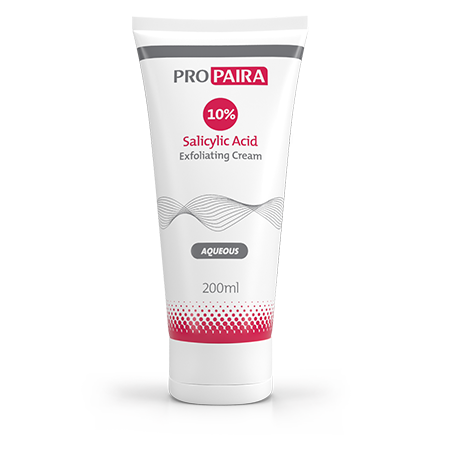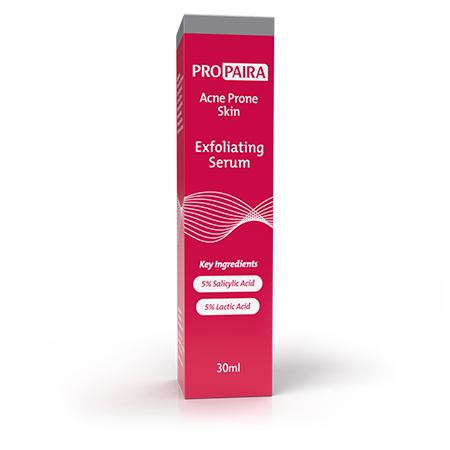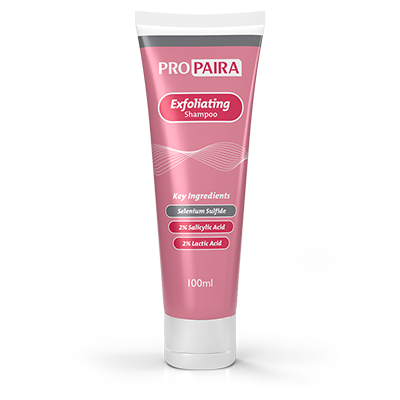Salicylic Acid
- Photo damaged skin
- Keratosis pilaris (chicken skin)
- Smooth textured skin
- Scaley or Crusty skin
- Cracked or dry heels (feet) and knees
- Psoriasis when used correctly
- Corns and calluses
- Reduces inflammation
- Pore unclogging
- Exfoliation
Salicylic acid is a beta hydroxy acid (BHA), an oil-soluble and keratolytic agent which allows it to exfoliate the skin, by breaking down the bonds between dead skin cells. This process helps remove the top layer of the skin, revealing a smoother, brighter complexion underneath. The regular use of salicylic acid can improve skin texture and reduce the appearance of dullness. Its antiinflammatory properties help calm irritated and inflamed skin, which makes it a beneficial ingredient for individuals with acne as it can reduce redness and swelling associated with pimples.
By soothing the skin, salicylic acid aids in faster healing of acne lesions. Another benefit of salicylic acid (just like urea and lactic acid in higher percentages) is that it helps smooth keratosis pilaris, commonly known as “chicken skin,” which typically presents on the arms and thighs. Salicylic acid smooths these bumps by exfoliating the dead skin cells and unclogging the hair follicles leading to a smoother and more even skin appearance.
References:
Arif, T. (2015). Salicylic acid as a peeling agent: a comprehensive review. Clinical, Cosmetic and Investigational Dermatology, 8, 455–461.


